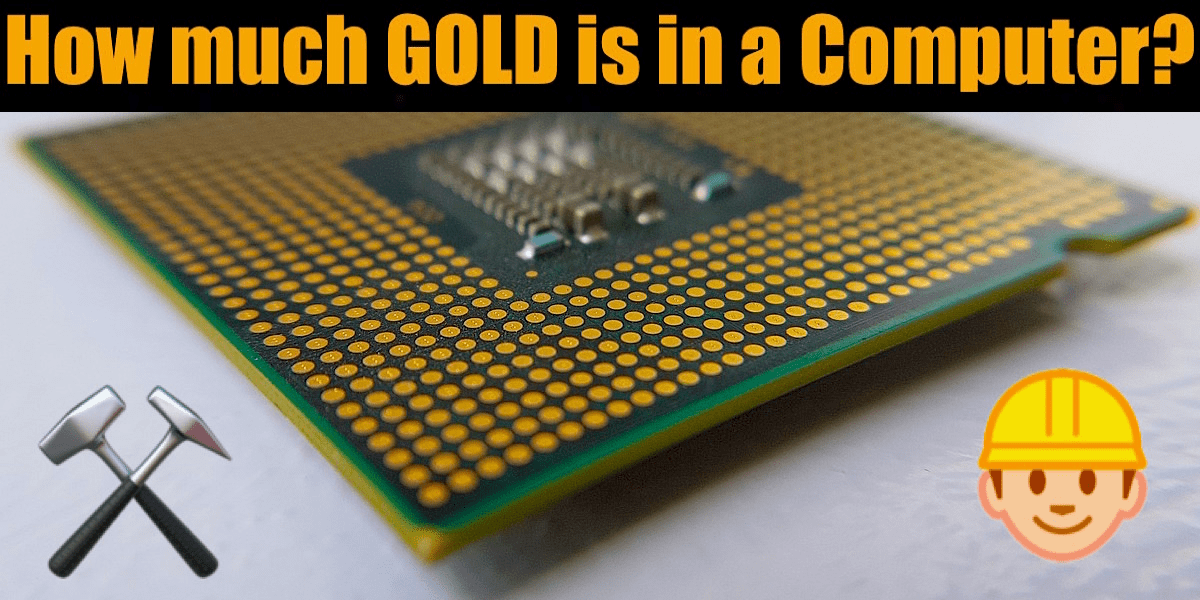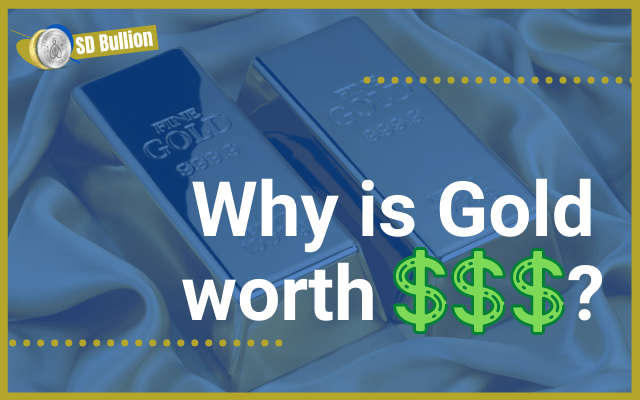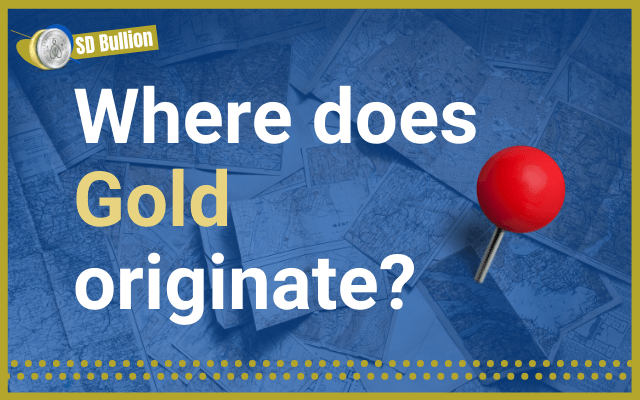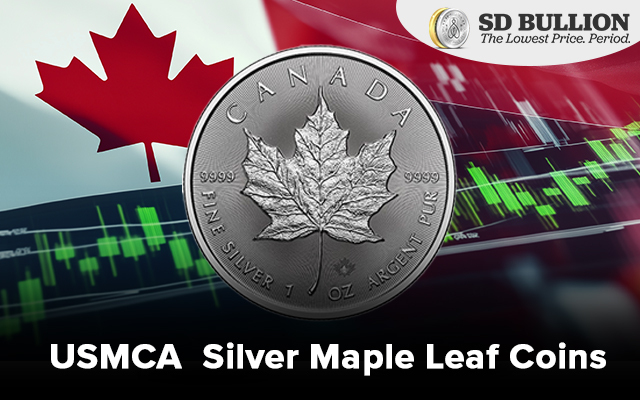Jump to: Characteristics | Origin and History | Jewelry | Finance | Dentistry | Medicine | Electronics | In Space | Buildings and Glassmaking | Cosmetics | Printing | Awards | Future Uses | FAQs
Gold is a multi-purpose precious metal. Due to its very particular characteristics when compared to other metals, gold becomes a great option in various sectors of the industry.
In addition to being an efficient conductor of electricity, gold is an easy-to-handle metal due to its malleability, and can be molded into coins, wires, and sheets of different thicknesses, or even into shapes with complex details, such as in jewelry. These characteristics make the yellow metal ideal for application in the production of connectors present in cell phones and computers and space vehicles, medical components, and even cosmetics.
As the most sought-after metal on earth, gold can be used neat or as an alloy with other metals, it does not tarnish and its color and luster make it metal with great aesthetic appeal. These characteristics, in turn, make gold the ideal metal for the manufacture of jewelry, trophies, medals, coins, and all kinds of traditional and luxurious ornaments.
Origin and History
Gold is a symbol of power and accomplishment in practically every relevant culture since ancient civilizations. It is also associated with purity and beauty, making it very commonly used in churches – in crucifixes and utensils used in ceremonies, for example – jewelry, awards – such as the Academy Awards Oscars, Grammys, Olympic medals – art and money. The majority of societies’ most important objects are made of gold, even though said societies are significantly different among themselves. From Europe to the Americas, Asia to Africa, the use of gold has been a part of society for thousands of years.
It is known that gold has been used for financial transactions for over 6000 years, even though it was used in its rawer form, simple pieces of gold. The use of gold coins, however, dates back to around 560BC in Lydia – currently a region of Turkey. Gold coins continued to be the primary form of money exchange until the early 1900s when they were mostly replaced by paper currency. Those coins could be used as a unit of currency or by their weight.
Although close to 80% of the gold either mined or recycled nowadays is currently used for making jewelry (according to the World Gold Council), it has many different uses.
What is gold used for
1) Jewelry

Gold has been used in jewelry manufacturing for thousands of years. It is easier to work with than most minerals. It is resistant to tarnishing, highly lustrous, and malleable, not to mention highly desirable due to its high value and attractiveness. It became a tradition for these symbols of social status to be made of gold as well.
Since gold is very soft, it is often alloyed with other metals to make more durable pieces of jewelry. As they are not as valuable as gold, a standard of purity had to be developed, which is known as karatage. Pure gold is 24 karat – usually marked as “24K” – and the percentage of other metals’ weight within the alloys define its karatage. An alloy comprised of 50% weight in gold and 50% in other metals is known as 12 karat gold (12K). If it is 75% gold – and 25% other metals – it is 18 karat gold (18K) and so on.
The higher the karatage, the more lustrous and softer the gold. The lower the karatage, the more susceptible to tarnish it is. On the other hand, the alloy becomes stronger. Different metals in the alloy make different colors and hues, varying from yellow, pink, green, and even black.
2) Money, finance, and investments
As gold is a very rare and valuable metal, people have been using it as a way to exchange money for millennia. Gold is a very desirable and useful metal and has long-term value. It is easy to divide into smaller parts, durable and portable.
Before the US Dollar became a full fiat-based currency, the United States used a “gold standard”, where they maintained actual gold to back every paper dollar printed. The gold standard also meant that people could simply exchange their paper money for its value in gold.
Switzerland was the last country to abandon the gold standard back in 1999. However, banks all over the world still maintain their gold reserves. The most commonly used form of storing gold is in gold bars due to its low cost to manufacture and ease of storage and handling.

Gold bullion coins are another example of a popular way to invest in physical gold bullion. Many government-owned mints across the world produce these coins for both investment and collecting purposes. Arguably, one of the most popular options available in the market nowadays is the American Gold Eagle coins, issued by the United States Mint.
![]()
Many investors allocate part of their investment portfolios to owning gold bullion as a way to hedge against inflation and low-interest rates.
3) Dentistry
Gold is a chemically inert metal, highly durable, nonallergenic, and easy to work with, not to mention being aesthetically appealing. These characteristics make it perfect for use in dentistry such as tooth fillings, crowns, and bridges. Albeit being expensive, gold is the best-known metal for such procedures. It is believed gold has been used for over 2700 years to fill in cavities – although archaeological evidence can only back this theory up to 1000 years ago.
The use of gold in dentistry was more abundant until the 1970s, but the fast-increasing price made people look for a substitute for gold. Even though advances were made, gold is being more and more used again due to health concerns, as the recently used materials are not as inert as gold.
4) Medicine
Some medical conditions are treated using gold. Rheumatoid arthritis, some types of cancer, lagophthalmos – which is a condition that prevents people from closing their eyes completely. Gold can also be used in diagnostics, life-support devices, surgical instruments (because of its inertness), electronic equipment (for conductivity and reliability).
5) Electronics
The industry uses gold in a wide variety of manners, but mostly in the process of manufacturing electronic devices, and specifically in parts where good conductivity is paramount. Since modern electronics require very low voltages and currents, they must not be interrupted. These components need to be inert to avoid corrosion as well. Gold is also used in relay contacts, wires, and soldered joints.
Due to its high price, a very thin layer of gold is applied to the components of most sophisticated electronics, such as smartphones, TVs, GPS, calculators, among others. However, close to a billion smartphones are made every year, they have a short-term lifetime, and even though the amount of gold in each is less than 0.04g, only a small portion of them is recycled, which leads to a lot of unrecycled gold every year.
 Gold is also widely used in desktop or laptop computers. The need for lightning-fast transmission of data – not to mention its need for reliability and accuracy – demands good and efficient connectors and conductors. Since computers are vital to most, the high cost is justifiable. As computers have a longer lifespan than smartphones, durability is important also, so gold is often alloyed with other metals (e.g. nickel or cobalt).
Gold is also widely used in desktop or laptop computers. The need for lightning-fast transmission of data – not to mention its need for reliability and accuracy – demands good and efficient connectors and conductors. Since computers are vital to most, the high cost is justifiable. As computers have a longer lifespan than smartphones, durability is important also, so gold is often alloyed with other metals (e.g. nickel or cobalt).
6) In space
The aerospace industry spends billions of dollars on the development of a single spacecraft. After launch, any possibility of repairing components drops to virtually zero. Hence the need for materials of the utmost reliability.
In spacecrafts, gold is used in various forms. Besides the electronic components, gold is also used as a lubricant for mechanical parts which does not lose its properties in a vacuum, as a reflective film to protect from infrared radiation – which both protects the astronauts and maintains the temperature inside the vehicle by reducing the absorption of heat.
Gold was also used in the coating of the mirror segments in the James Webb Space Telescope due to its efficiency in reflecting infrared light.
 James Webb Space Telescope's Golden Mirror. Source
James Webb Space Telescope's Golden Mirror. Source
7) Buildings and Glassmaking
Gold’s reflective properties are as useful on land as in space. Many of the windows in buildings are coated with gold to help regulate the temperature: when applied to the exterior part, it reflects the solar radiation outward mainly during summer to avoid extreme temperatures inside the buildings; whereas when applied to the interior portion of the windows, it reflects the warmth inward, which helps to keep the temperature controlled.
Besides, gold can be also used as a pigment which produces a vibrant ruby coloration in glassmaking.
By using gold leaves – which are sheets of incredibly thin gold – it is also possible to cover structures that become both durable and corrosion resistant – not to mention visually beautiful. Those can be seen in the dome-like structures of religious temples and many other important buildings. This process is costly not only due to the price of gold, but also the requirement of specialized craftsmanship to apply said gold leaves.
 The Dubai Frame. Source
The Dubai Frame. Source
8) Cosmetics and beauty
Gold has been used in skincare treatments since ancient Egypt. It is known that Cleopatra and Nefertiti wore gold masks to sleep. Gold particles keep the skin hydrated and improve its elasticity, slowing the aging process. Gold has properties that help protect the skin – it is anti-inflammatory, antibacterial, and antioxidant, thus preventing the development of acne. The production of melanin is also decreased by gold, making it a great asset in preventing sun damage.
9) Printing
Gold is usually associated with upper classes and quality. And it is no different when we think about printing. It not only improves the brand reputation but also grabs the viewer’s attention with high-quality designs. Real gold is used in the form of foils, which have been used for centuries. The foil gets pressed and heated, leaving a gold imprint and also an indentation in the material. It works like a stamp and is called Foil Blocking.
There is, however, the need of casting what is to be printed in metal for the gold to be transferred to the material. Technology has made its impact in printing, bringing gold printing to the digital age. Nowadays, no cast or heat is needed, as UV light is used to fix the foil in the printed material. The indentation is no longer present, which is a letdown for some.
10) Awards, displaying wealth and status symbols
People display wealth in many different forms: clothes, accessories, and especially jewelry. And no jewelry is more eye-catching than the lustrous yellow of gold. Different cultures from all over the world have gold in the highest esteem when it comes to jewelry. In India, for example, wearing gold jewelry attracts wealth and blessings. Gold is luxurious. People who wear it are considered superior by many. If we look back to the monarchies and empires, the reigning figure would wear crowns and jewelry made of gold. The clergy – also of great importance and prestige for many years – have used gold in a variety of religious objects, art, and buildings. Symbols, crosses, and also communion ware was made of silver and gold alloys because they are associated with purity and other positive characteristics.
The status brought by gold is also seen in awards for sports and arts. The first place in any sport in the Olympic Games (the epitome of all sports) is awarded a gold medal. In the film industry, the Academy Awards Oscars are given to the cream of the crop. In music, we have the Grammys – which are (surprise!) gold.
Check our article on What is Silver Used For
Even in gastronomy, the use of gold has become a symbol of status. Foils that are millionths of an inch thick are used in both food and drinks – there is only one catch: for the gold to be considered edible, it needs to be pure or at least 22 karat gold and silver alloy, which is also chemically inert.
Future uses of gold
The cost of using gold in everyday activities and utensils makes its final price high, so its use is made only when it is not possible to replace it with any other metal. With such complete and functional properties, a similar component will hardly have a lower cost than gold.
Considering the last 30 years, where the use of gold has been consolidated in different sectors of the industry, the tendency is that the population increase, the greater purchasing power, the elaboration of certain products, with low durability, and the launch of several versions in a short time, make this demand even greater until a replacement is found.
FAQs
What is gold most used for today?
Jewelry manufacturing is the activity with the highest use of gold. Even with many uses, the properties of gold make it ideal for making jewelry. Around 78% of all gold mined is used in the manufacture of jewelry.
Why is gold used for currency?
Although there are no more countries in the world in the gold standard, gold was used as a currency and commodity money for its noble properties. It does not corrode, it can’t be easily damaged, it will not poison the holder or lose value over time. In addition, it is malleable and easy to turn into coins with specific weight and measures to standardize a face value and circulation.
What is colloidal gold used for?
Colloidal gold is composed of very fine gold particles that have been dissipated into pure deionized water. It has anti-inflammatory and rejuvenating properties. It is used for a range of therapeutic purposes, including treating or rheumatic diseases,
What is liquid gold used for?
Liquid gold is a solution containing a small percentage, usually 5% to 10% of an Alpha Hydroxy Acid (AHA), usually Glycolic Acid. It is used as a chemical exfoliating tonic. It breaks down dead skin cells from the outer layers of your skin. It can help reduce sun damage and wrinkles, giving the skin a fresher younger appearance.


















